
Question and Answers Forum
Question Number 35844 by behi83417@gmail.com last updated on 24/May/18

Commented by abdo mathsup 649 cc last updated on 30/May/18

Answered by tanmay.chaudhury50@gmail.com last updated on 25/May/18
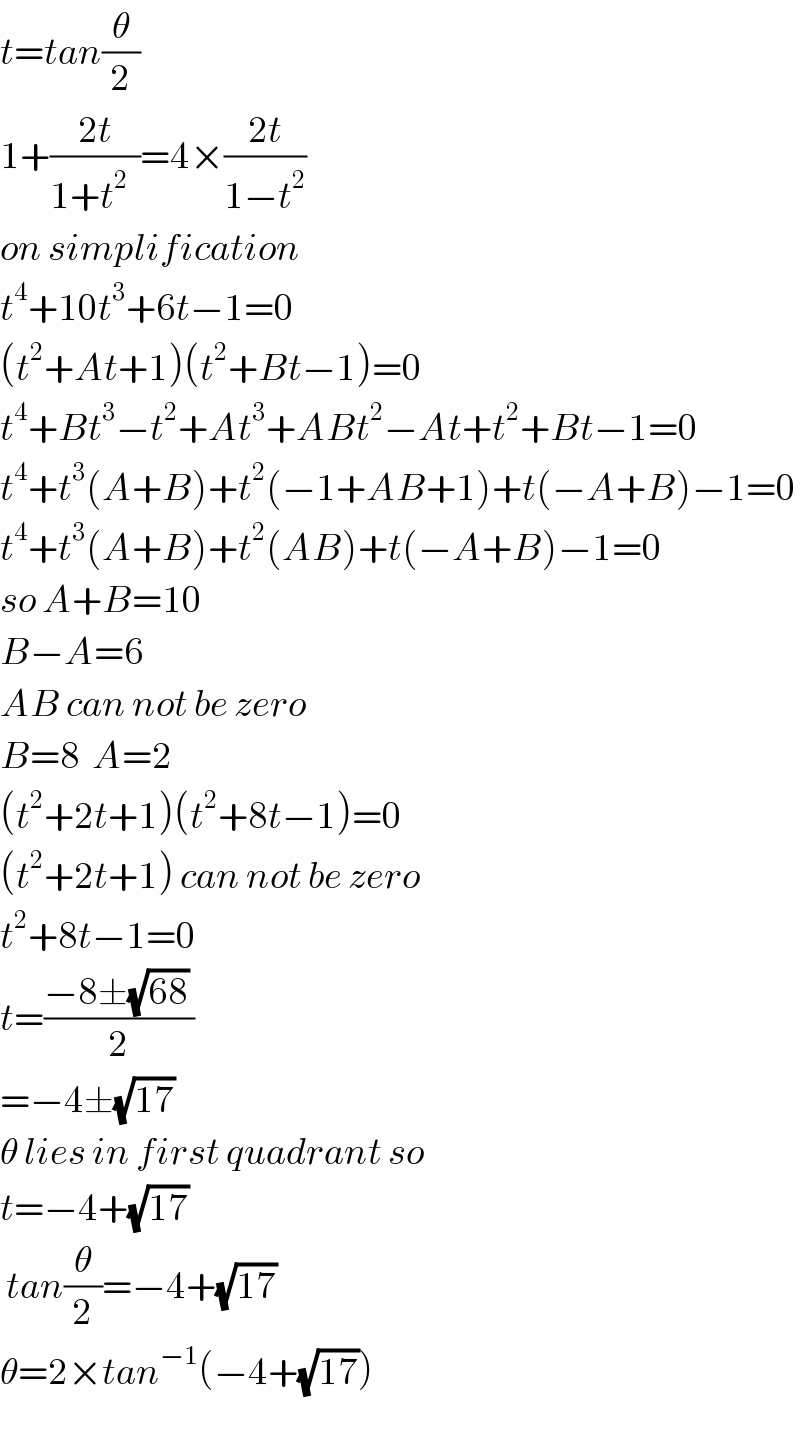
Commented by Rasheed.Sindhi last updated on 25/May/18

Commented by behi83417@gmail.com last updated on 25/May/18

Commented by ajfour last updated on 25/May/18

Commented by behi83417@gmail.com last updated on 25/May/18

Commented by tanmay.chaudhury50@gmail.com last updated on 25/May/18

Commented by tanmay.chaudhury50@gmail.com last updated on 25/May/18

Commented by Rasheed.Sindhi last updated on 26/May/18

Commented by Rasheed.Sindhi last updated on 26/May/18

Commented by tanmay.chaudhury50@gmail.com last updated on 26/May/18

Commented by behi83417@gmail.com last updated on 26/May/18

Commented by Rasheed.Sindhi last updated on 27/May/18

Commented by $@ty@m last updated on 27/May/18
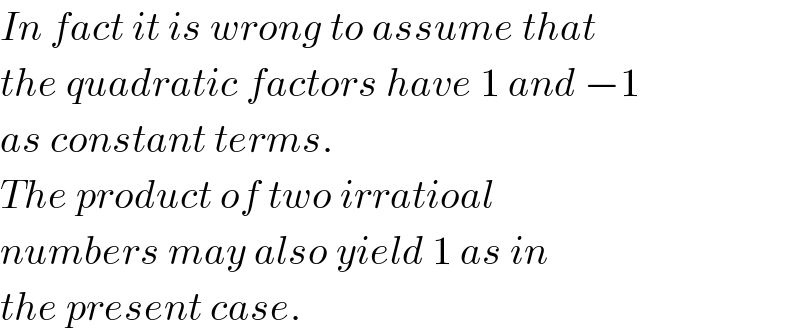
Commented by Rasheed.Sindhi last updated on 27/May/18
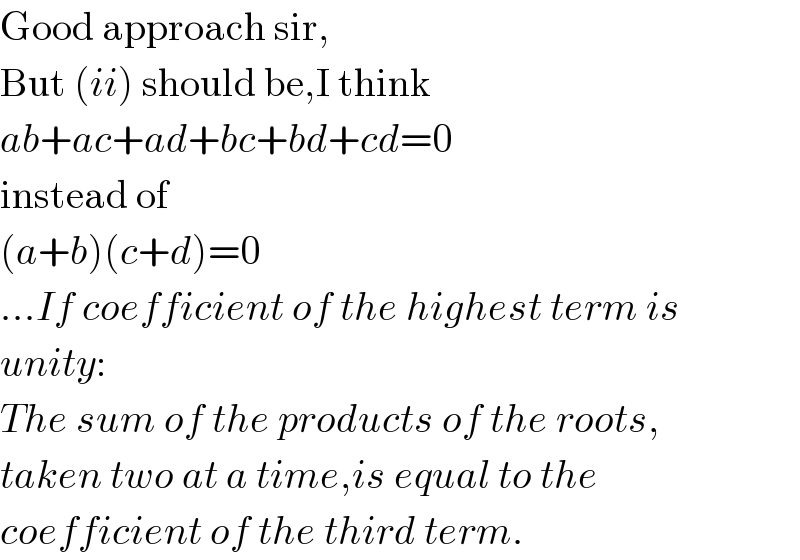
Commented by Rasheed.Sindhi last updated on 27/May/18
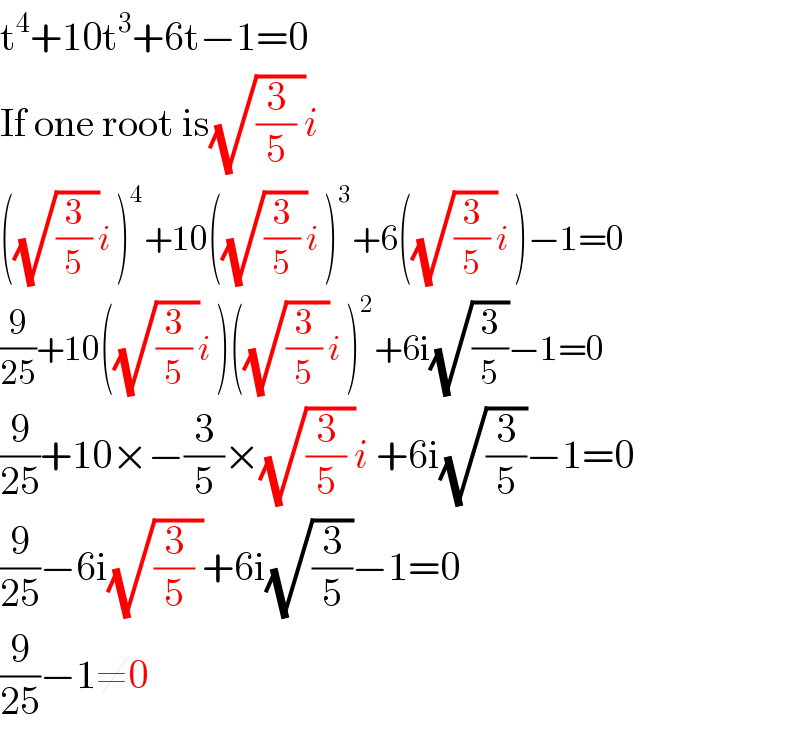
Commented by $@ty@m last updated on 28/May/18

Commented by MJS last updated on 29/May/18

Answered by Rasheed.Sindhi last updated on 28/May/18
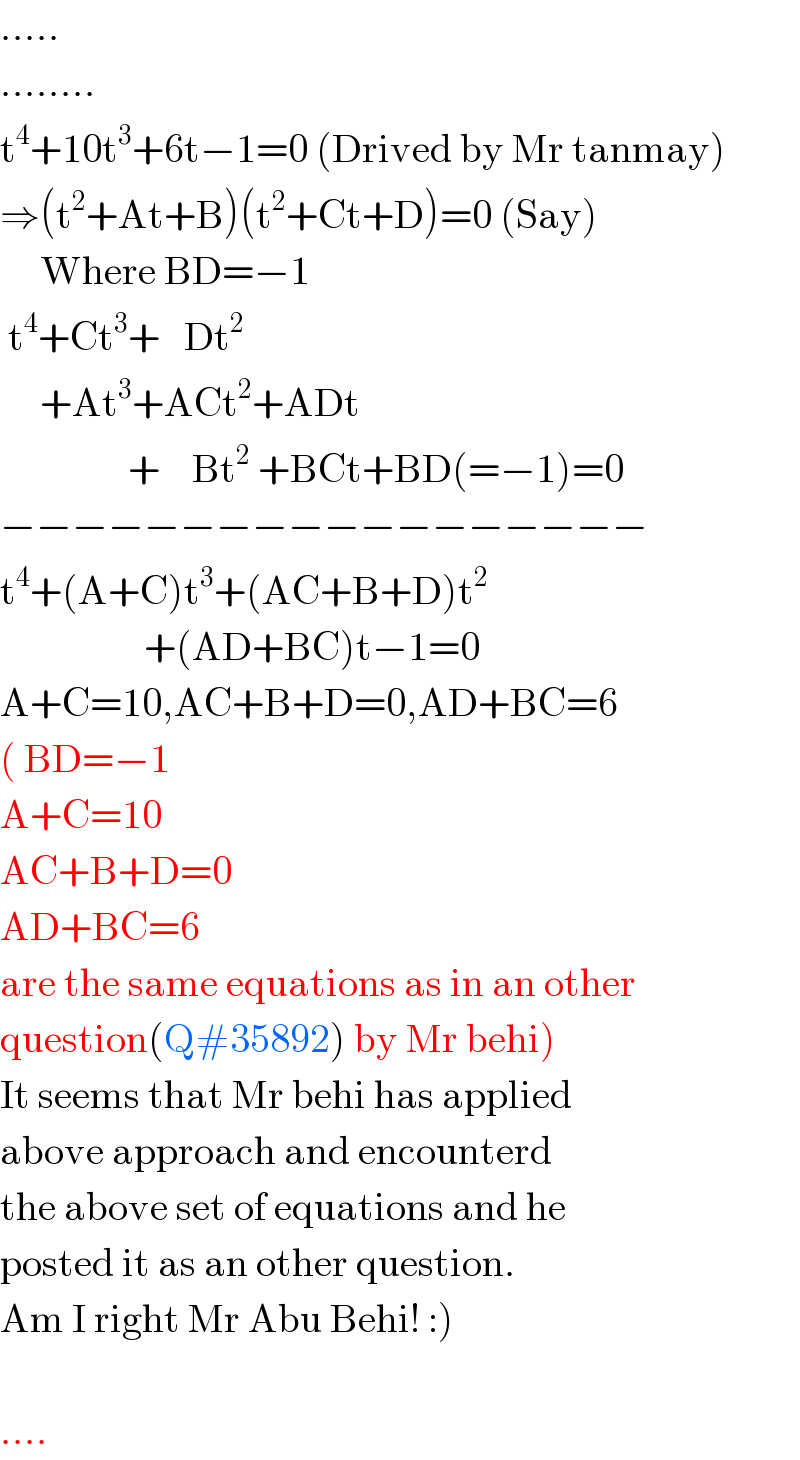
Commented by behi83417@gmail.com last updated on 28/May/18

Commented by Rasheed.Sindhi last updated on 28/May/18
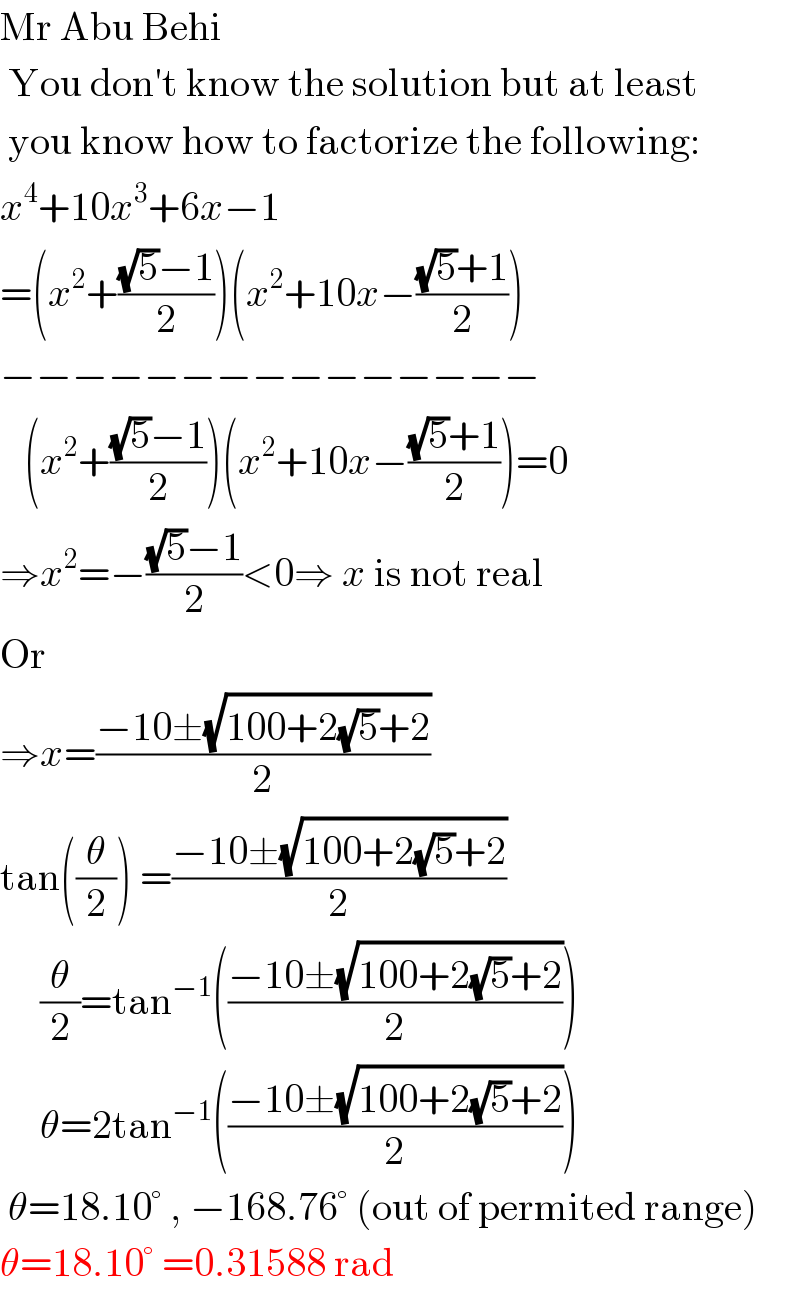
Commented by behi83417@gmail.com last updated on 31/May/18
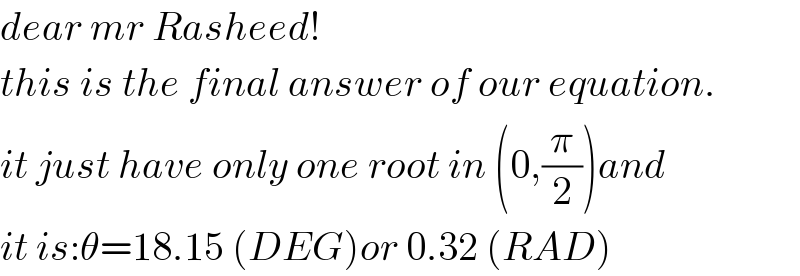
Answered by Rasheed.Sindhi last updated on 28/May/18
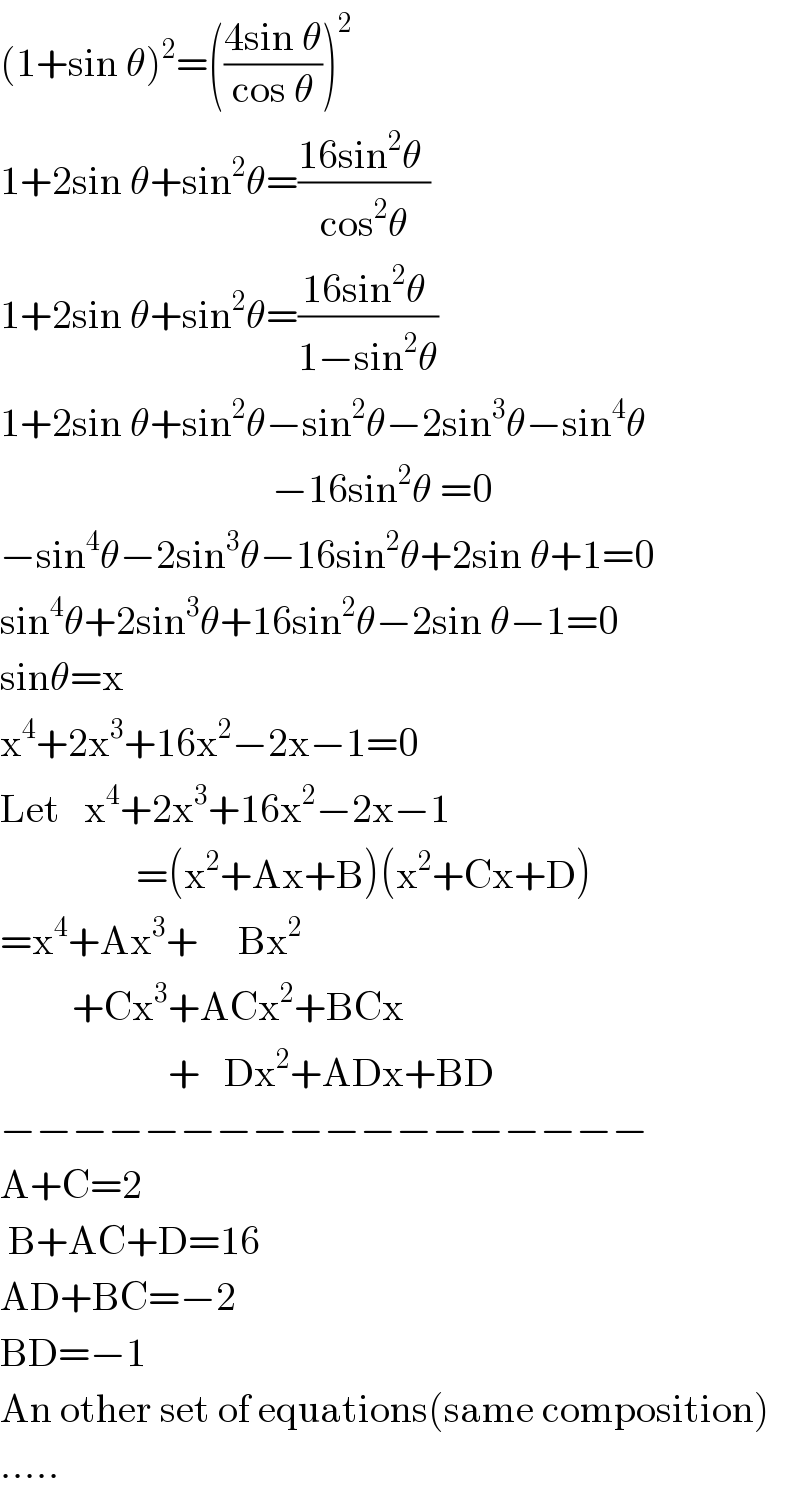
Commented by behi83417@gmail.com last updated on 28/May/18

